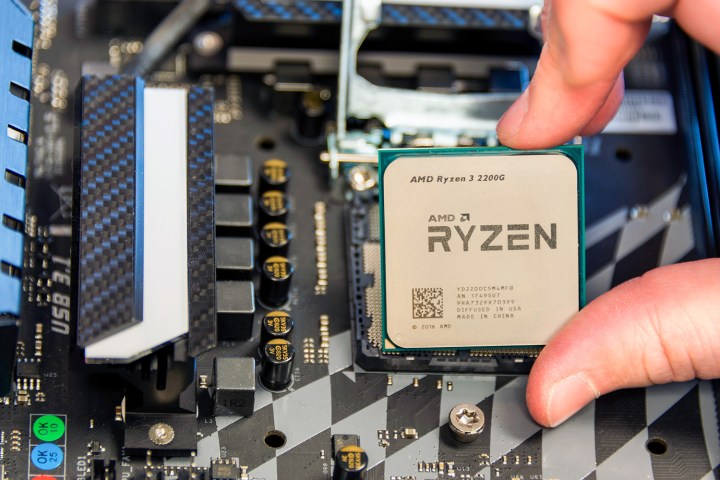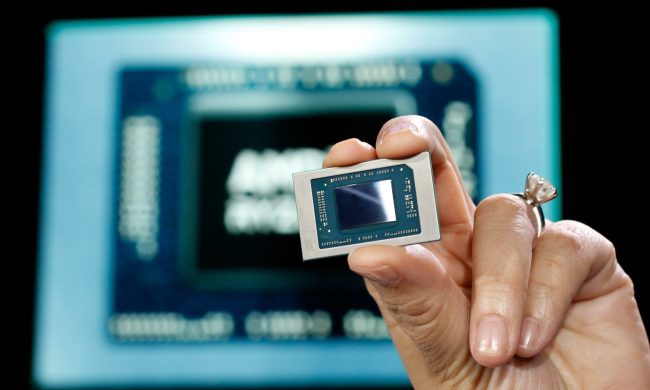
Let’s step back from their impressive (for a CPU) game performance for a second and really examine these things. AMD’s line has always been that APUs are for budget gaming rigs, and there might be a case for manufacturers to use them in pared-down builds in the $400 to $500 range, sure. Manufacturers can defray costs in a number of ways unavailable to an individual PC builder. As stand-alone components for a prospective custom builds, these chips don’t make much sense.
Let’s run the numbers real quick. For an inexpensive motherboard socketed for AMD chips, you’re looking at $100. Let’s say another $100 for 8GB of RAM. For gaming you’re going to want at least 256GB of storage space, and you can find a good M.2 drive for $100 at that size. Moving on to power supply, let’s err on the side of caution and go with 500 Watts, in case you want to expand your build in the future, that’s $50 right there. We’re at $350, so let’s just say another $50 for a cheap case and round it up to $400.
That’s not bad so far! We’re looking at a decent little gaming rig, now we just need to choose a CPU. If we go with an AMD Ryzen APU like the 2400G, we’re adding another $170 to the overall price and we’re at a cool $570. This imaginary computer we’ve just built can run Overwatch at low settings at 1080p. With the render scale set at one hundred percent and hit about 30 FPS on average. That’s not bad — not bad at all. The problem is we can do a lot better for just a little more.
Let’s rewind. We’re back at $400 for the basics, we still need a processor and a GPU. To give AMD the benefit of the doubt here, let’s go with a Ryzen 3 1200. That’s $100. Grab an Nvidia GTX 1050 for $150, bringing our total to $650. So, to recap, this imaginary gaming rig is $90 more than the APU-based one we built. The comparison in games performance between these imaginary builds isn’t even close.
In 3DMark’s Fire Strike benchmark, the Ryzen 5 2400G achieved a score of 2,021. The Nvidia GeForce GTX 1050 triples that number, hitting 6,344. So, for an extra $90, you can just about triple your gaming performance. In Battlefield 1, the GTX 1050 doubled the Ryzen 5 2400G’s average framerate at both Medium and Ultra presets. Clearly the more expensive build is better in the long run too. It’s going to see you through a couple years before you really see that GTX 1050 start to show its age — and when it does you’ll be equipped to just swap it out.
On their own, the Ryzen 5 2400G and Ryzen 3 2200G are impressive steps toward a future where an APU could one day replace a low-to-mid-range graphics card. Unfortunately for AMD, that future isn’t quite here yet.



